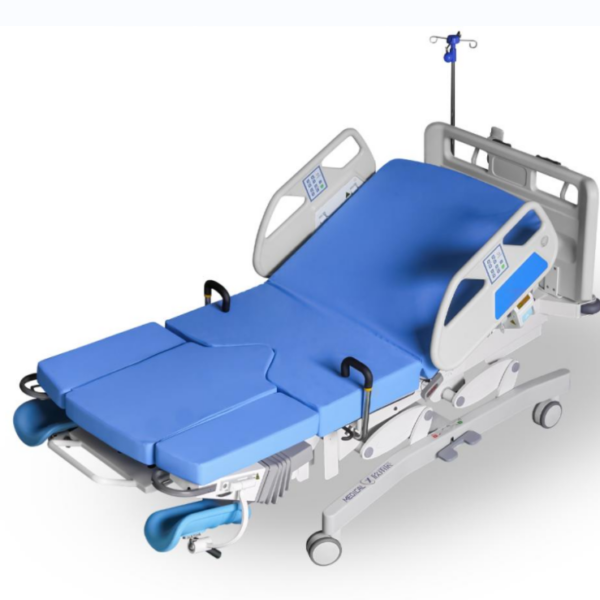Address
304 North Cardinal St.
Dorchester Center, MA 02124
Work Hours
Monday to Friday: 7AM - 7PM
Weekend: 10AM - 5PM
Welcome to My Blog!
Before we dive into the content, if you’re interested in our products or have any questions, please feel free to visit our Contact Us page on the website. Our team is ready to assist you with inquiries, orders, or any support you may need.
Now, let’s get started on our journey together. I hope you find the content here insightful, engaging, and valuable.
In the intricate world of surgical settings, where precision and patient comfort intertwine seamlessly, the size of the operating table emerges as a pivotal consideration. Beyond its physical dimensions, the size of the operating table holds profound implications for procedural success and patient well-being. As healthcare facilities strive to optimize their operational efficiency and elevate the standard of care, understanding the nuances of operating table size becomes paramount. Join us as we delve into the intricacies of this essential component in the surgical arena and uncover its significance in enhancing patient outcomes and procedural efficacy.

Operating tables come in various sizes, typically categorized by the weight capacity they can support. The size of the table is crucial for patient comfort, safety, and accessibility for the surgical team. It is essential to have tables that can accommodate a range of patient sizes to ensure that every individual receives the best possible care.
| Feature | Standard Operating Table | Bariatric Operating Table | Specialty Operating Table |
|---|---|---|---|
| Weight Capacity | Up to 500 lbs | 500-1000 lbs | Varies |
| Patient Size | Average to large | Obese | Depends on specialty |
| Surgical Procedures | General surgeries | General surgeries | Specific procedures |
| Special Features | Basic adjustments | Reinforced frame, wider | Specific adjustments |
| surface area | for procedure |




-600x600.jpg)

.jpg)



Advantages:
Disadvantages:
Advantages:
Disadvantages:
Advantages:
Disadvantages:
Choosing the right size of the operating table is a multifaceted decision that requires careful consideration of patient needs, surgical requirements, surgeon preferences, and available space. By following a systematic approach and understanding the advantages and disadvantages of different table sizes, healthcare facilities can ensure they provide the highest standard of care. The right operating table can enhance surgical outcomes, improve patient safety, and increase the efficiency of the operating room.
What is the most common size for an operating table?
The most common size is designed to accommodate an average adult patient, typically with a weight capacity of up to 500 lbs.
Do all operating rooms need a bariatric table?
While not every operating room requires a bariatric table, hospitals that serve a population with a higher prevalence of obesity may benefit from having one available.
Can an operating table be too small for a patient?
Yes, an operating table that is too small can lead to patient discomfort, increased risk of falls, and restricted access for the surgical team, which can compromise safety and efficiency.
Are there any regulations governing the size of operating tables?
There are no specific regulations for the size of operating tables, but there are standards for their design and functionality to ensure patient safety and procedural efficiency.
How often should operating tables be replaced?
Operating tables should be replaced based on wear and tear, technological advancements, and changes in patient population demographics that may require different table sizes or features.
